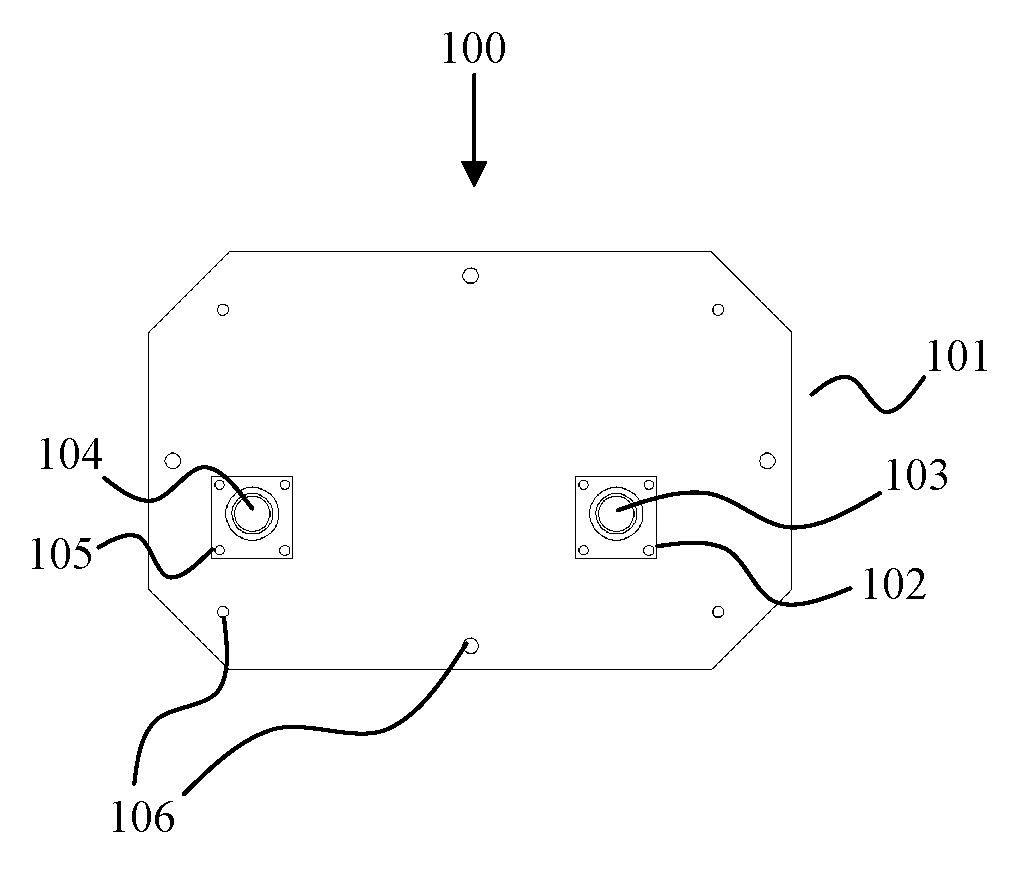Angled axis machine vision system and method
a machine vision and axis technology, applied in the field of machine vision systems, can solve the problems of low accuracy of the estimate of the three-dimensional position of the feature, the most problematic feature, and the match is completely ambiguous and unusable, so as to facilitate the vision of people, design and manufacture, and minimize processing and error in distance calculations
- Summary
- Abstract
- Description
- Claims
- Application Information
AI Technical Summary
Benefits of technology
Problems solved by technology
Method used
Image
Examples
Embodiment Construction
[0031]Embodiments of the invention comprise an angled axis machine vision system having a camera system angled with respect to an axis of the coordinate system of the environment. This configuration has all of the advantages of the horizontal alignment while eliminating the inherent problem of utilizing horizontal and vertical lines in an environment for distance calculations when the horizontal and vertical lines are parallel or close to parallel to an axis lying between camera centers of the camera system. With the camera centers angled about the roll axis, horizontal and vertical lines in the environment appear as angled lines in images taken from the cameras enabling more accurate distance calculations. With the camera centers angled downward about the pitch axis objects that are near are more readily observed. With angled axis rotation it is still possible for lines in the environment to be parallel to the axis defined between the camera centers, but these instances are rarer t...
PUM
 Login to View More
Login to View More Abstract
Description
Claims
Application Information
 Login to View More
Login to View More - R&D
- Intellectual Property
- Life Sciences
- Materials
- Tech Scout
- Unparalleled Data Quality
- Higher Quality Content
- 60% Fewer Hallucinations
Browse by: Latest US Patents, China's latest patents, Technical Efficacy Thesaurus, Application Domain, Technology Topic, Popular Technical Reports.
© 2025 PatSnap. All rights reserved.Legal|Privacy policy|Modern Slavery Act Transparency Statement|Sitemap|About US| Contact US: help@patsnap.com



